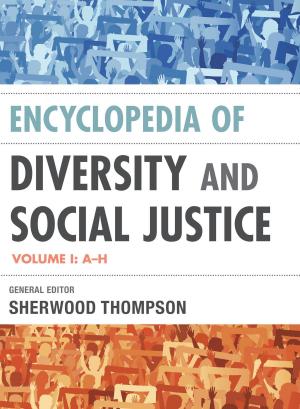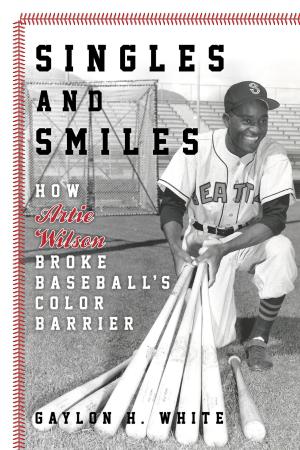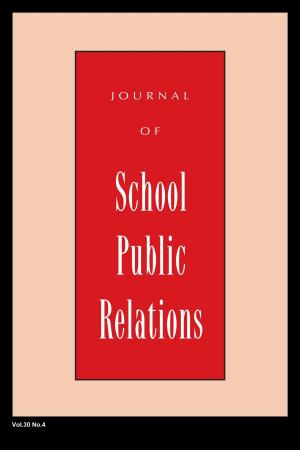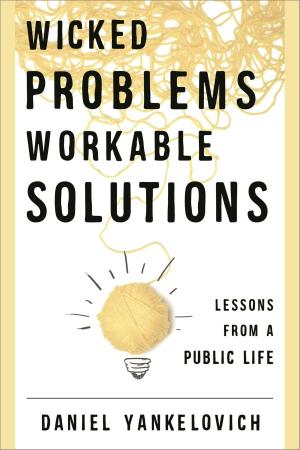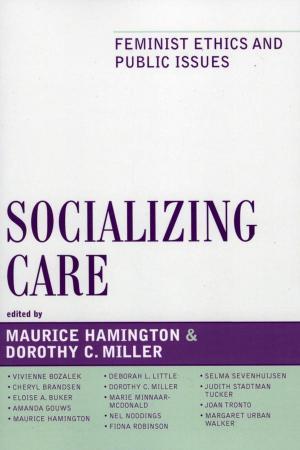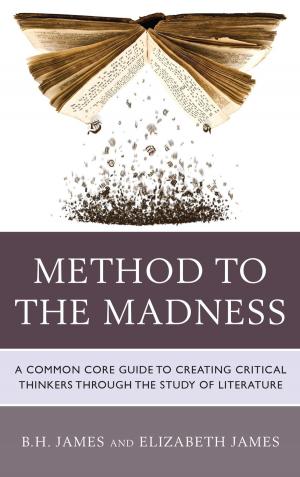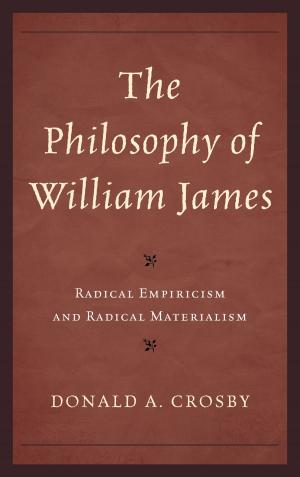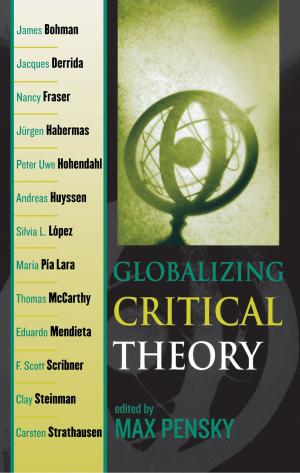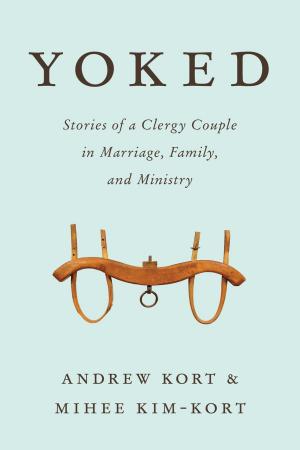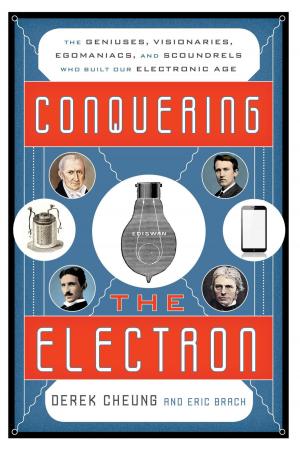Maya Cultural Heritage
How Archaeologists and Indigenous Communities Engage the Past
Nonfiction, History, Americas, Central America, Social & Cultural Studies, Social Science, Archaeology, Business & Finance, Industries & Professions| Author: | Patricia A. McAnany, Sarah M. Rowe | ISBN: | 9781442241282 |
| Publisher: | Rowman & Littlefield Publishers | Publication: | September 15, 2016 |
| Imprint: | Rowman & Littlefield Publishers | Language: | English |
| Author: | Patricia A. McAnany, Sarah M. Rowe |
| ISBN: | 9781442241282 |
| Publisher: | Rowman & Littlefield Publishers |
| Publication: | September 15, 2016 |
| Imprint: | Rowman & Littlefield Publishers |
| Language: | English |
Situated at the intersection of cultural heritage and local community, this book enlarges our understanding of the Indigenous peoples of southern México and northern Central America who became detached from “the ancient Maya” through colonialism, government actions, and early twentieth-century anthropological and archaeological research. Through grass-roots heritage programs, local communities are reconnecting with a much valorized but distant past.
Maya Cultural Heritage explores how community programs conceived and implemented in a collaborative style are changing the relationship among, archaeological practice, the objects of archaeological study, and contemporary ethnolinguistic Mayan communities. Rather than simply describing Maya sites, McAnany concentrates on the dialogue nurtured by these participatory heritage programs, the new “heritage-scapes” they foster, and how the diverse Maya communities of today relate to those of the past.
Situated at the intersection of cultural heritage and local community, this book enlarges our understanding of the Indigenous peoples of southern México and northern Central America who became detached from “the ancient Maya” through colonialism, government actions, and early twentieth-century anthropological and archaeological research. Through grass-roots heritage programs, local communities are reconnecting with a much valorized but distant past.
Maya Cultural Heritage explores how community programs conceived and implemented in a collaborative style are changing the relationship among, archaeological practice, the objects of archaeological study, and contemporary ethnolinguistic Mayan communities. Rather than simply describing Maya sites, McAnany concentrates on the dialogue nurtured by these participatory heritage programs, the new “heritage-scapes” they foster, and how the diverse Maya communities of today relate to those of the past.


